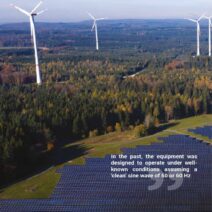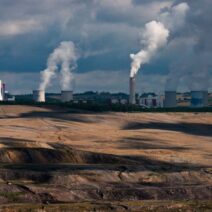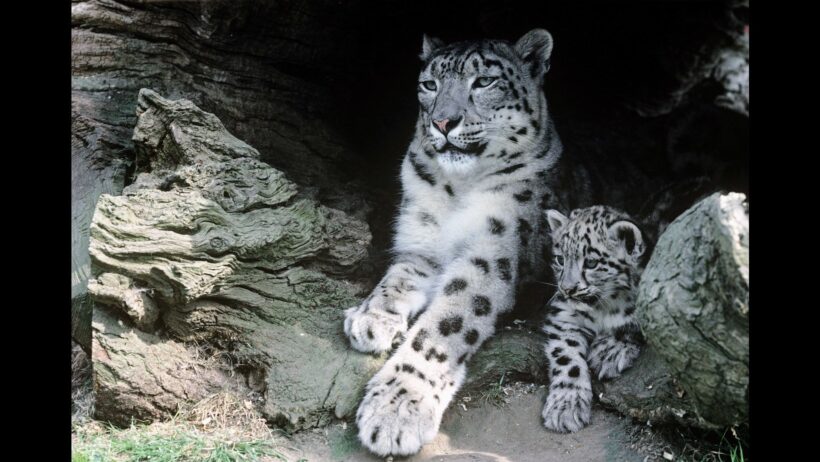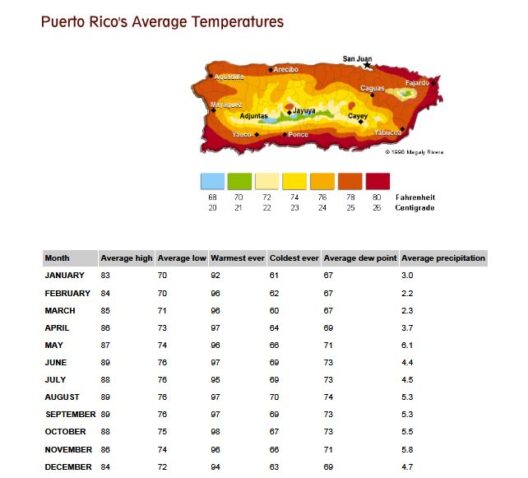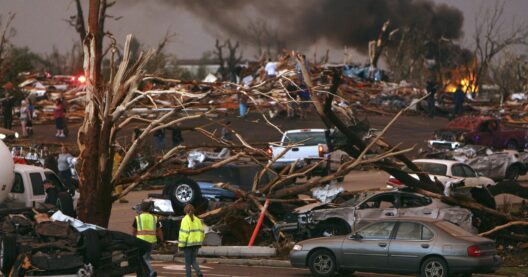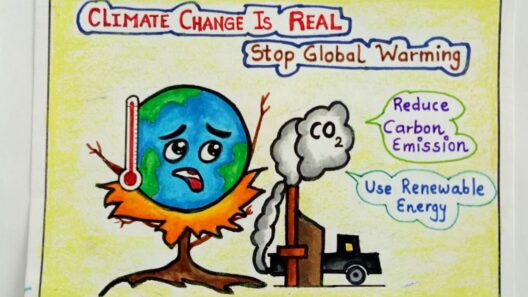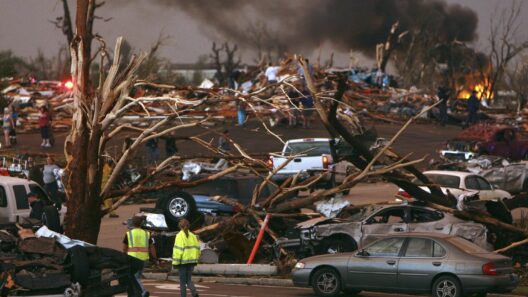Snow leopards, the elusive phantoms of the Himalayas, are not merely iconic symbols of the rugged mountain ecosystems they inhabit; they are also barometers for environmental health. As climate change unfurls its tendrils across the globe, the perils facing these magnificent creatures highlight a critical intersection of biodiversity, habitat, and the pressing specter of global warming.
These great cats, cloaked in a tapestry of stunning gray and white fur, are a marvel of adaptation. Their thick pelts, large paws, and long tails are not just vestiges of evolution but are finely tuned instruments that aid their survival in the harsh, high-altitude habitats of Central and South Asia. However, as the world warms, the fragile balance they rely upon is beginning to tilt perilously.
At the heart of the discourse on snow leopards and global warming lies the concept of habitat degradation. Glacial melt, a direct consequence of rising temperatures, is transforming the landscapes that have supported these animals for millennia. Glaciers, those ancient rivers of ice, are retreating, and with them, the ecosystems that feed downstream flora and fauna. As the snow leopards’ mountain habitats experience ecological shifts, their prey—primarily ibex, markhor, and blue sheep—are also adversely affected. As the grasslands they depend on shift or disappear entirely, snow leopards face food scarcity, which in turn threatens their survival.
The intricate tapestry of life in these mountains is thus becoming frayed. With dwindling food sources, competition intensifies not only among snow leopards but also with other carnivores. This is particularly consequential for a species that already occupies the apex of its ecosystem. The cascading effects of habitat fragmentation due to global warming can introduce unforeseen dynamics, delicious layers of complexity and urgency that have far-reaching implications for the entirety of the habitat.
Moreover, climate change distinguishes itself as a formidable adversary through the phenomena of increasing extreme weather events. The dreary shadows of erratic storms, flash floods, and unseasonal snowfalls disrupt the migratory patterns and reproductive cycles of snow leopards and their prey. The irony is palpable: as the climate warms, the snow—a vital element of these high-altitude regions—becomes less predictable, setting a stage for ecological instability that the snow leopard is ill-equipped to navigate.
On a more granular level, the interconnectedness of climate change with human encroachment cannot be overstated. As temperatures rise, the livelihoods of local communities are increasingly threatened, prompting them to encroach further into snow leopard habitats in search of arable land and resources. This not only exacerbates the fragmentation of habitat but also leads to an uptick in poaching incidents, as the demand for pelts and body parts escalates when economic desperation strikes. Thus, snow leopards not only wrestle with natural challenges but also contend with the specter of anthropogenic pressures that compound their plight.
Yet, amidst this tableau of adversity, the arenas for hope germinate. The beauty of ecological resilience is not lost here. Conservation initiatives, inspired by the plight of snow leopards, have gained traction in recent years. Community-based conservation strategies harness both local knowledge and international support, creating avenues for sustainable coexistence. By involving local populations in the stewardship of their natural environments, snow leopard conservation efforts not only bolster the species’ prospects but also elevate the socio-economic well-being of the communities reliant on these ecosystems.
Additionally, global awareness campaigns shine a powerful light on the experiences of snow leopards. Raising consciousness around their existential struggles can serve as a clarion call for action against climate change. This unique appeal—the invisibility of snow leopards sometimes mirrors the oversight faced by marginalized ecosystems—urges a unified response. By connecting their fate with the collective responsibility to mitigate climate change, the snow leopard transcends from being merely a charismatic animal into a vital emblem of the larger ecological narrative.
In conclusion, the plight of the snow leopard amid the backdrop of global warming crystallizes a broader ecological truth. As stewards of the planet, our endeavors to combat climate change resonate deeply with the welfare of every species, including the snow leopard. It is crucial to galvanize both global and community-level efforts to safeguard their habitats, to mitigate our impact on climate, and to foster an atmosphere where biodiversity can thrive. This strikingly beautiful species urges reflection not only on the intricate challenges posed by climate change but also demands a rigorous commitment to ensuring that their legacy endures. For in saving the snow leopard, we might just save ourselves and the planet that sustains us all.
